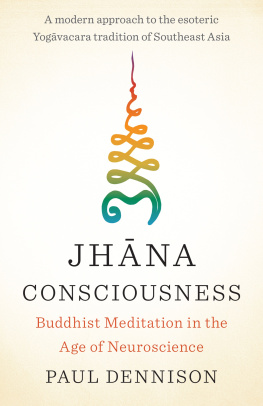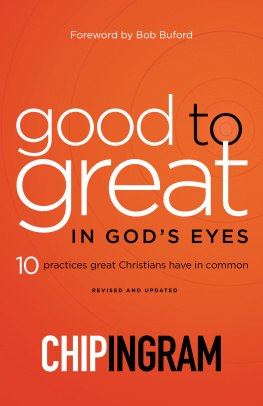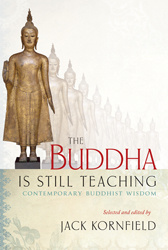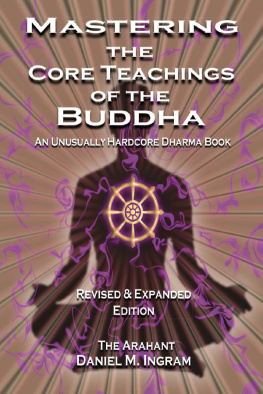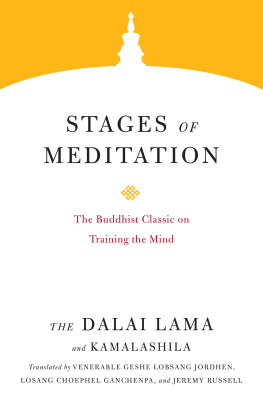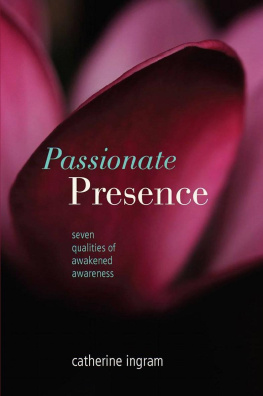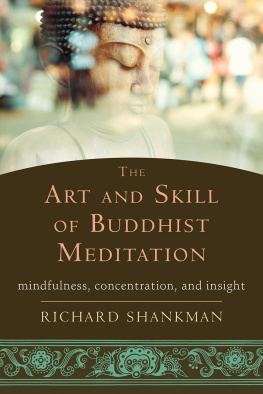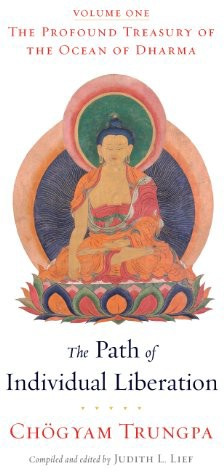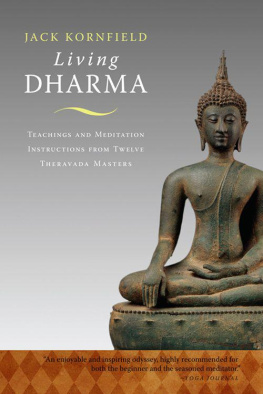DANIEL M. INGRAM
Copyright 2018 by Daniel M. Ingram
The right of Daniel M. Ingram to be identified as the author of this work has been asserted in accordance with 77 and 78 of the Copyright Design and Patents Act 1988.
All rights reserved. No part of this publication may be reproduced, stored in a retrieval system, or transmitted, in any form or by any means, electronic, mechanical, photocopying, recording, or otherwise, without the prior written permission of the publisher.
A C.I.P. for this book is available from the British Library
PREFACE TO THE SECOND EDITION
I started writing the small pamphlets and locally printed books that would one day become Mastering the Core Teachings of the Buddha (MCTB1 hereafter) somewhere in early 1997, which seems quite a long time ago at this point. A lot has changed since then about my own practice, the world of meditation, my understanding of the world of meditation and mental development, and the world in general. The rise of the internet has facilitated unprecedented cross-pollination and collaboration, allowing obscure and isolated practitioners around the world to suddenly come together and share their experiences and ideas about practice. The effect on the dharma has already been profound. I doubt we have seen anything but the tiny beginning of what is possible.
I would like to thank the numerous people who gave me feedback on the first edition, as I have tried to incorporate every useful piece of advice they offered. In that vein, should you somehow provide feedback on this edition, either good, bad, or otherwise, the more practical and constructive the comments are, the more likely they will have some positive effect on this book.
The first print edition that was widely available came out in 2008, yet much of it was written during the period of 1997 to 2001, with one major update to the chapter on Models of the Stages of Enlightenment around 2006 to 2007. However, since then many important events have occurred and lots of useful reader and user feedback has been provided that have made me feel that my recently released work was already in need of revision, and so this second edition has come to be.
Numerous sections have been considerably expanded, particularly the section on concentration, and many things have been rearranged. I have also added an autobiographical section at the end that hopefully will help explain the backstory of some of what you will find in this book. People kept asking for those sorts of details, as well as getting parts of my history very wrong in the absence of that information. Hopefully these points will help clarify things of some practical value. On the other hand, some people pleaded with me to remove even the small autobiographical details that were in MCTB1. I have clearly gone in the other direction, with the basic underlying principle being that I think we should talk (and write) openly about these topics, and not doing so in the previous book clearly had a hypocritical element to it and failed to convey some points that I think are useful for practice and life.
I have also added more map geekery, as that technical information doesn't appear in many other places that I am aware of, so I just basically let it rip. Again, these were the details that I wanted when I was coming up in dharma, so I pass these on assuming someone else out there will appreciate them as I did. If it is too much for you, then ignore it, as the basic practices work regardless of whether you are a map-freak like I am.
I would like to thank members of the Dharma Overground and its sister communities (both living and defunct), without which much in my life and practice simply would not be nearly as good, and for them I am very grateful, as they have enhanced my understanding of the wide world of what is possible and useful in countless ways.
I hope you will find something in this second edition that helps your practice and enhances your life.
FOREWORD AND WARNING
When I was about fourteen or fifteen years old, I accidentally ran into some of the classic early meditation experiences described in the ancient texts, and my reluctant spiritual quest began. I did not realize what had happened, nor did I realize I had crossed something like a point of no-return, something I would later call the Arising and Passing Away (A&P). I had a very strange dream with bright lights, my entire body and world seemed to explode like fireworks, and afterwards I had to find something, but I had no idea what that was.
Since then, I have met a large number of people who have also crossed the A&P early in their lives in various circumstances, many totally unrelated to meditative training. It turns out this is not particularly special or unusual, and I now actually think of it as part of standard human perceptual development. At the time, however, I thought very little about it, having no formal words for it, context to place it in, or understanding of what it was. It got filed into a mental folder for memories of other weird stuff I don't know what to do with, a file that wouldn't make any sense for about ten more years. I philosophized frantically for years until I finally began to realize no amount of thinking was going to solve my deeper spiritual issues and complete the cycle of practice that had already started.
I had a friend named Kenneth Folk who played bass in the Motown and soul band that employed me as a sound tech and roadie. We met during my freshman year in college and ended up being housemates in my junior year in a skanky little band house in Chapel Hill, North Carolina. He was in a similar place, caught like me in something we would later call the Dark Night and other names. He had crossed the A&P before moving from California to North Carolina, and it had changed his life in numerous ways. He also realized logic and cognitive restructuring were not going to help us in the end.
We spent a lot of time playing Frisbee late at night and philosophizing, and finally began looking carefully at what other philosophers had done when they came to the same point, and noted that some of our favorites had turned to mystical practices. We reasoned some sort of non-dual wisdom arising from direct experience was the only way to go, but acquiring that sort of wisdom seemed a daunting, if not impossible, task.
Kenneth was a bit further along in his spiritual crisis and finally had no choice but to give serious meditation a try. He quit the music business, moved back to the little agricultural desert town of Winchester (near Hemet), California, and lived in a rundown old mobile home his parents owned, driving pizza to save money so he could deepen his spiritual quest. He also was lucky enough to run into a guy named Bill Hamilton. On Bill's somewhat radical advice, Kenneth did a three-month intensive insight meditation retreat, and then eventually took off to Asia for a year of intensive practice under the guidance of meditation masters in the Burmese Theravada Buddhist tradition. When he came back, the benefits of his practice appeared obvious to me, and a few years later I began to try to follow a similar path.



